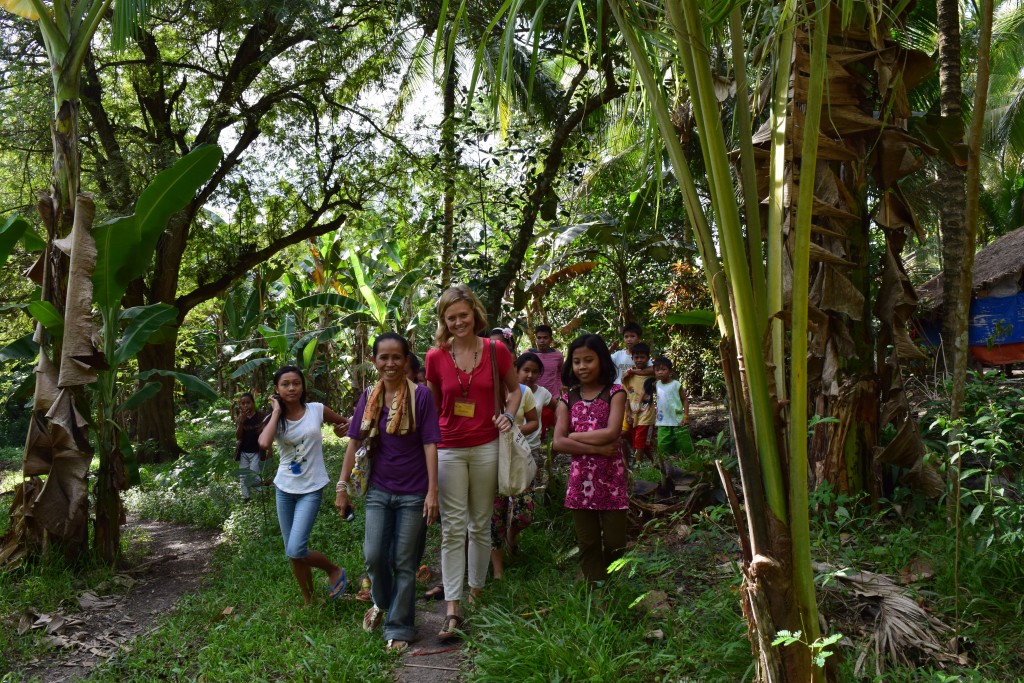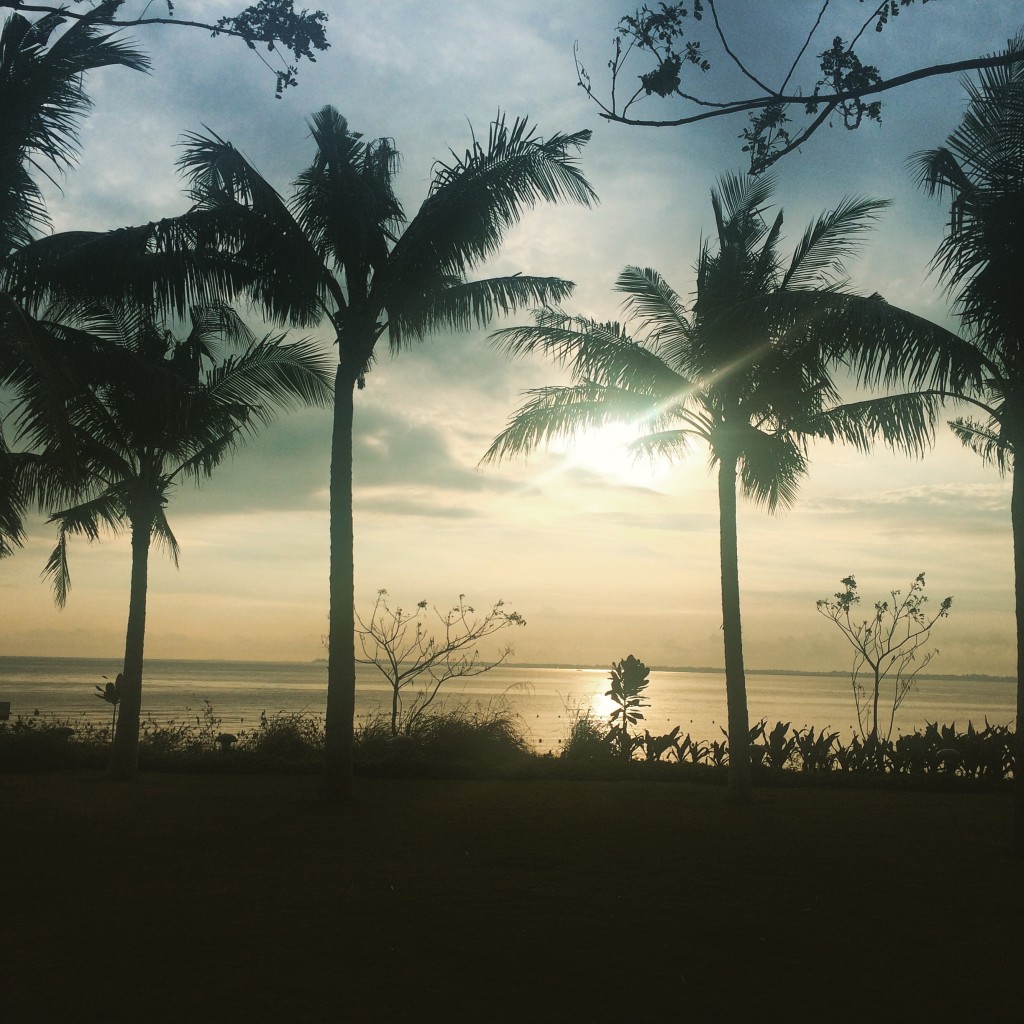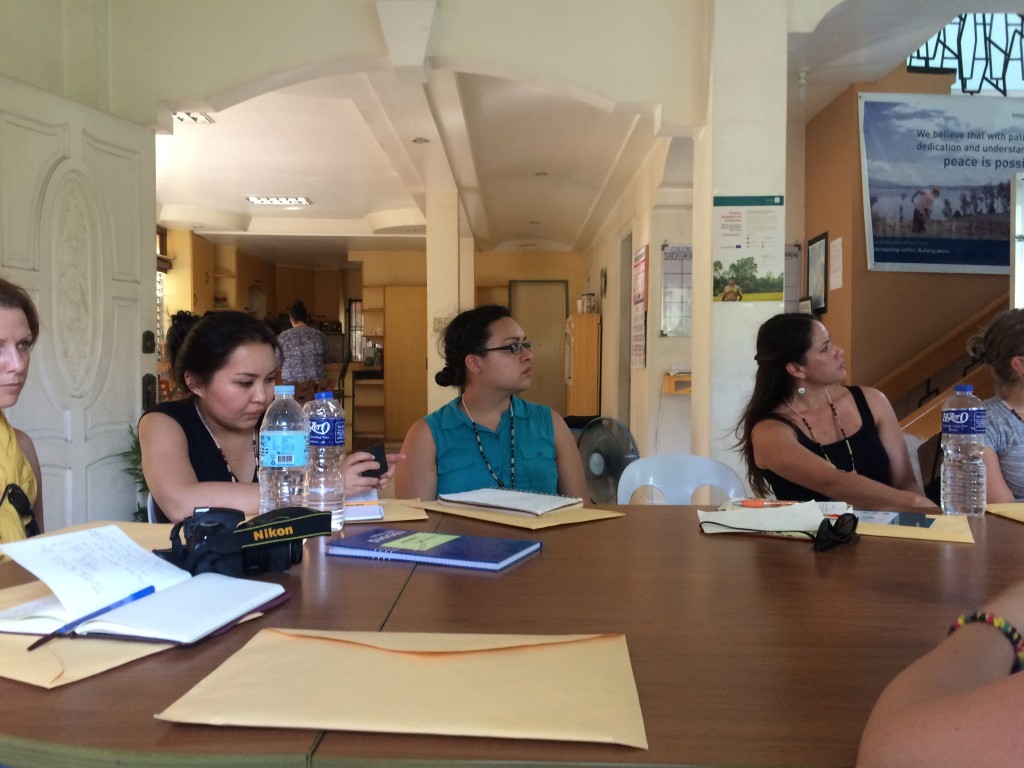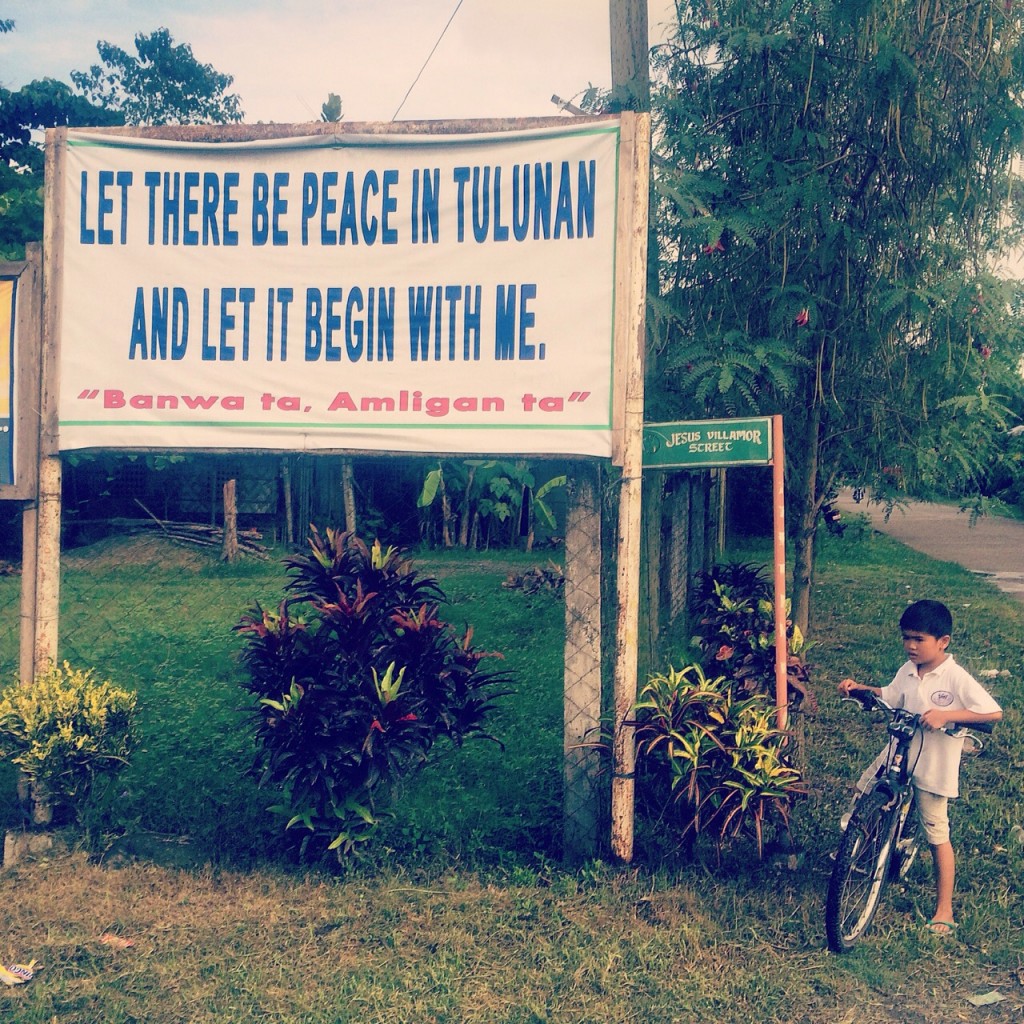Blog #8
3/5/15
We’ve begun March and in many ways Mindanao seems to be worlds away. It’s easy to fall into the stress of school, work, family, friends and succumb to the drama that can dull our once vivid memories and recollection of our time in Mindanao. MIIS students find a certain prestige in traveling, whether it be for leisure, work, or in our case, academia. Yet, after such an incredibly powerful trip – after months of brain freeze when it comes to my ability to think back on Mindanao – I’m stuck wondering what makes travel meaningful at all …
Since out return, Professor Iyer has made it a priority to give us the space and time to self-reflect, meet in a group and meet with her to process. We’ve got important deliverables to carry out in the next couple of weeks and we’ve also got a responsibility to those we met on an island far South of Manila.
I know our long meetings, smaller discussions and private reflection are crucial to making this trip meaningful as I’ve learned in my coursework. This is true for intercultural competence and personal growth and for real learning to occur. I know this as an international education management and TESOL student – I know this in theory – but being back for two months now (which sometimes feels like 8) I’m surprised how difficult it is to put my money where my mouth is (as it were).
Since returning at the end of the semester I have been asked by friends, teachers and classmates, “How was your trip” – and I’ve hesitated. Are they asking because they want to know? Are they asking in a perfunctory way? How do I answer honestly in a mere sound bite? Do I say, “great” and move on? Do I offer up a particularly juicy anecdote that highlights a more dramatic and deemed “interesting” moment in the trip? And if so, to what end? To shock? To make an impression?
Do I sit them down and explain the details, challenges, amazing moments, heartbreak, policy in theory and practice on the ground, the surprises, the self-reflection process, and so on and so forth? That could take hours, and bottom line: maybe I don’t fully understand, and maybe that’s why no one cares.
I’ve found it challenging to reflect. And not because I haven’t had allotted time to do so. I keep coming back to snapshots in my head, sketched portraits of the people we met. Thoughts on what they are doing. Feelings of guilt that I haven’t done enough to justify my long flight over to Mindanao. Feelings of frustration that I am unable to quell – what shall I do with all of my notes from out countless meetings? What can I do with these etched faces in my head?
I think the first step is to accept that I feel lost and at time impotent. I am thankful for the meetings I have with the other members of the Mindanao team. We’ve got some powerful and talented individuals, led by a powerful and talented professor who guides us along the way. So, without further ado, I’ll prep for the meeting that we’ve got – collaborate with my peers on awesome and inspiring ideas concerning Peace Education… and start actively combatting this brain freeze with this cathartic (albeat disjointed) blog post.










